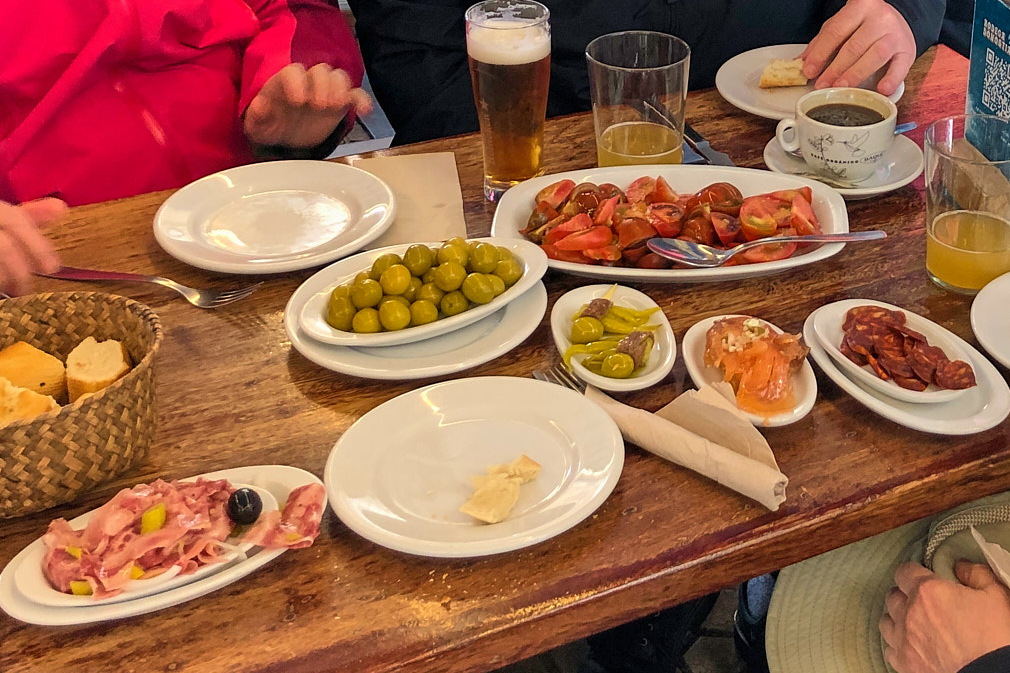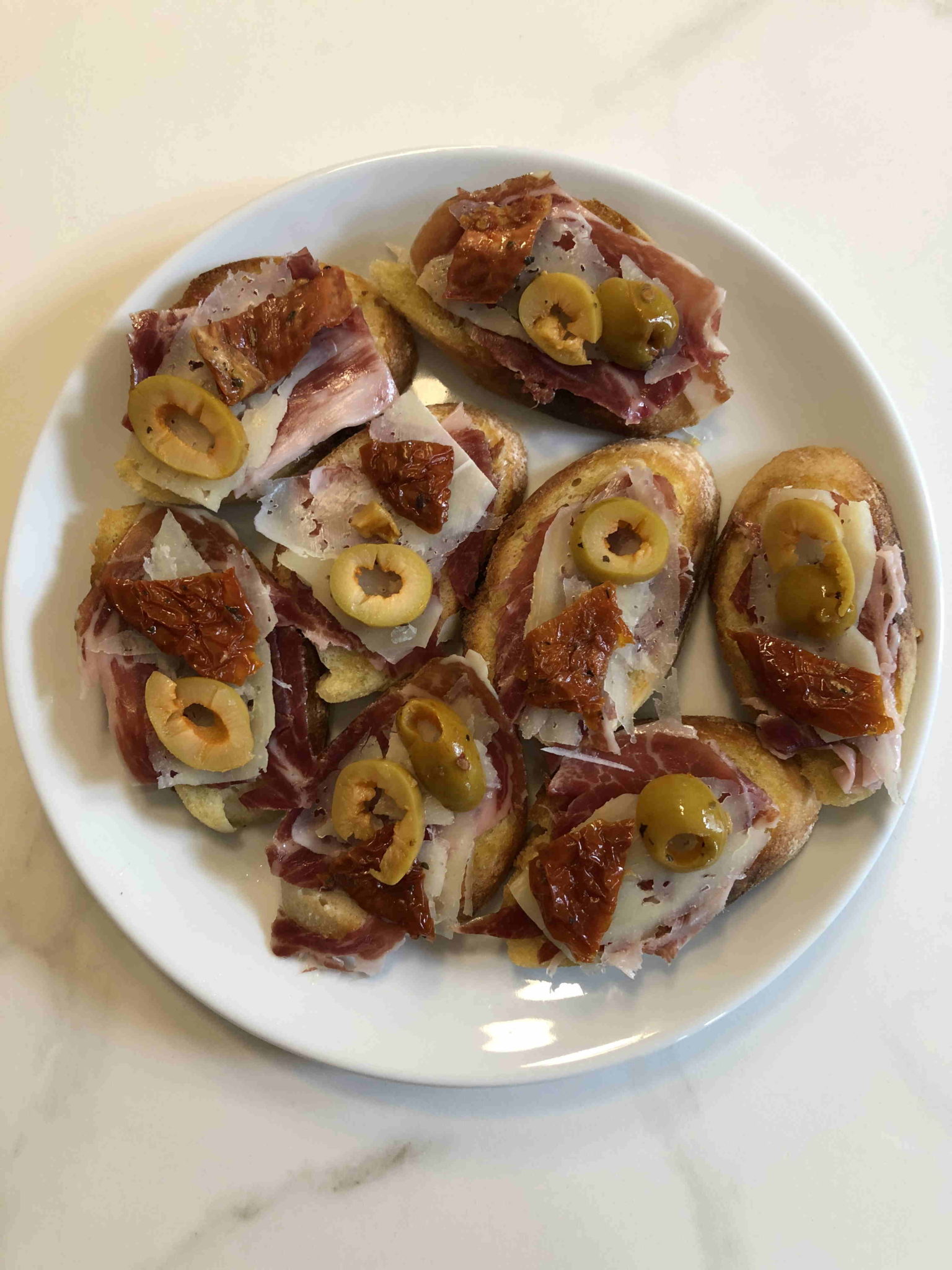Now that some of us are venturing back to the office (or at least getting out of the house more) and needing to update our wardrobes, I have a suggestion for women’s clothing designers: put pockets on your offerings. None of these wimpy little pouches that won’t fit a credit card, or decorative flaps that hint at pockets but are a cruel hoax. I mean real pockets that can hold a cell phone or a typical set of house and car keys.
There are times when I don’t want to carry my purse, but still need to stash my keys and maybe a few bucks somewhere. For example, when I go out for a walk or get some milk at the fruit stand around the corner from home. Pockets in my jeans or jackets are essential so I’m not juggling half a dozen things in two hands or leave the keys on a shelf somewhere. When I’m out on a bike ride, I need to bring my phone in case of emergency. Some bike jerseys accommodate cell phones better than others. Most bike leggings have no pockets whatsoever. If I’m running errands on the bike, I’ll wear a backpack that contains my wallet and a lock; however, I prefer to travel lighter when I’m riding for workout purposes.
Some athletic wear manufacturers have gotten the hint. I have a couple pairs of bike shorts and leggings that have pockets large enough for my phone. Now if other clothing designers catch on, we’ll have some progress.




Recent Comments